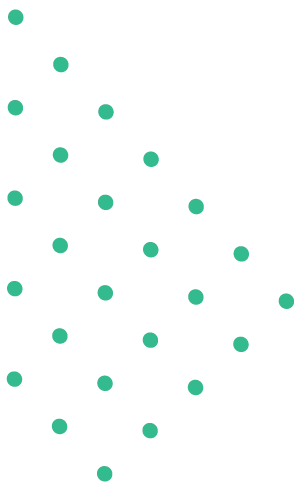Sir Roger de Coverley is a fictional character. He appeared in the work of British authors Joseph Addison and Richard Steele in...Continue
What is meant by ‘Post Method Pedagogy’?
Post-Method Pedagogy is an approach to language teaching. It emerged as a response to the limitations of traditional methods like the Grammar-Translation Method, Audio-Linguistic Method, and Communicative Language Teaching (CLT). It moves beyond rigid and fixed teaching methods. It offers teachers more flexibility and autonomy in their teaching practices. B. Kumaravadivelu introduced the term in the 1990s.
Key Concepts: “Post-Method Pedagogy” rejects the idea that a single, universal method can suit all teaching contexts. It emphasizes the need for context-sensitive, adaptable, and learner-centered teaching. Teachers are encouraged to use a combination of strategies that best suit their learners’ needs. It has ten frameworks, which are suggested by B. Kumaravadivelu.
Three Core Principles: Kumaravadivelu proposed three guiding principles for Post-Method Pedagogy:
- Particularity: Teaching practices should be sensitive to the specific context and consider the cultural and social background of learners.
- Practicality: Teachers should apply theories and methods that work in their classrooms based on their experiences.
- Possibility: Teaching should empower learners by addressing issues like identity, culture, and power dynamics in the classroom.
Teacher Autonomy: In Post-Method Pedagogy, teachers are seen as decision-makers. He can create their own strategies and frameworks, rather than strictly following pre-established methods. This approach allows for adaptation and creativity in addressing diverse classroom situations.
Criticism: While it allows for flexibility, it also requires teachers to be highly skilled and adaptable.
In Conclusion, Post-Method Pedagogy promotes a flexible, context-aware, and learner-centred approach to language teaching. It empowers teachers to tailor their teaching methods to suit specific classroom needs. It moves beyond the constraints of traditional methods.
Recent articlesArticles
What are the basic differences between CLT and GTM? Communicative Language Teaching (CLT) and Grammar Translation Method (GTM) are two popular approaches...Continue
The Periods of English Literature The history of English literature is very closely related to the history of the English people. It...Continue



